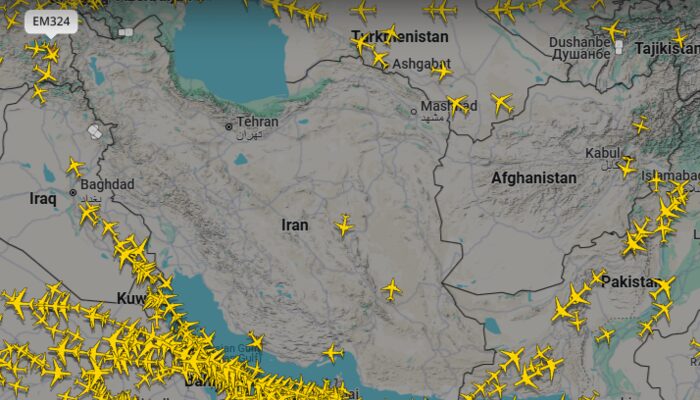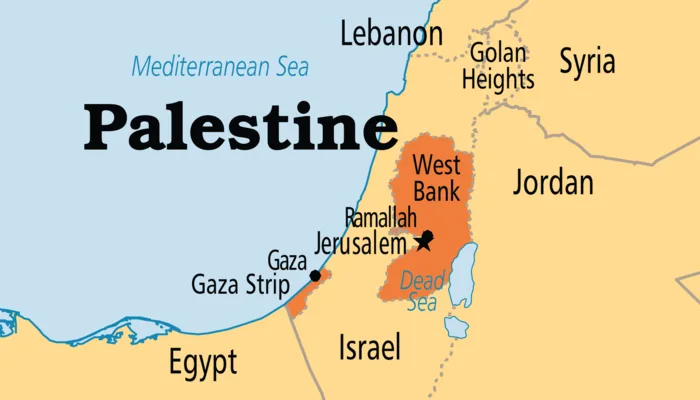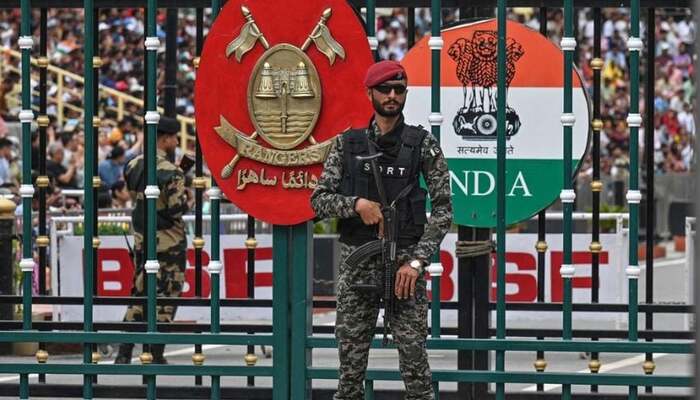
RAWALPINDI – The much-anticipated pre-monsoon season has officially arrived in the twin cities of Rawalpindi and Islamabad, offering much-needed relief after days of oppressive heat. The first spell hit early Wednesday morning, drenching the garrison city and parts of the capital. Residents welcomed the downpour after enduring temperatures exceeding 43°C over the past week.
While the rain helped cool down the scorching weather, it also raised the water level in Leh Nullah and caused waterlogging in several low-lying areas. In one incident, a man in Kahuta sustained injuries when a wall collapsed during the rain. Fortunately, there were no reports of widespread damage or fatalities.
According to the Met Office, Saidpur received the highest rainfall in Islamabad at 82mm, followed by Bokra at 68mm. Rawalpindi recorded 56mm at Shamsabad, 53mm at Pirwadhai, and 52mm at Chaklala. Officials said moist currents from the Arabian Sea and Bay of Bengal are fueling this spell, with further intensification expected.
Flash Flood and Urban Flooding Alerts Issued
The Pakistan Meteorological Department (PMD) warned that heavy rains on Thursday could trigger flash floods in several hilly regions, including Murree, Galliyat, Mansehra, Kohistan, and parts of Khyber Pakhtunkhwa. Urban flooding is also likely in low-lying urban centres such as Rawalpindi, Islamabad, Lahore, Gujranwala, and Faisalabad.
The department cautioned that landslides may cause road closures in mountainous areas, particularly in Murree and Kashmir. In addition to rain, windstorms and lightning may damage weak infrastructure such as billboards, roofs of old houses, and electric poles.
A Met department official added that widespread showers with isolated heavy and very heavy falls are likely to continue across central and upper Punjab, Islamabad, KP, and Kashmir. Rain is also expected at isolated spots in southeast Sindh and parts of Balochistan.
Infrastructure Under Pressure as Officials Monitor Situation
The heavy rain exposed infrastructure challenges in Rawalpindi, especially in cantonment areas. Residents of Chaklala Scheme-I and Tench Bhatta complained about blocked drains and water accumulation. “The situation has already worsened in just the first rain spell,” one resident said.
Deputy Commissioner Dr Hassan Waqar Cheema, MNA Tahira Aurangzeb, and Wasa officials visited various sites to inspect the rising water levels. According to Wasa Managing Director Saleem Ashraf, Nullah Leh’s water level reached 7.5 feet at Gawalmandi and 9.5 feet at Kattarian Bridge — still far below the 24-foot danger mark. He added that Rawal and Khanpur dams had gained one foot in water levels, with more increases expected.
Meanwhile, District Emergency Officer Sibghatullah confirmed that no major losses were reported. However, Rescue 1122 responded to the Kahuta incident, where 60-year-old Abdul Shakoor was treated for a leg injury after a wall collapsed on him.
The Islamabad Electric Supply Company (Iesco) also reported widespread power outages due to rain-related faults and trippings. “Our teams are actively working, but rainwater is hampering quick fault clearance,” said an Iesco spokesperson.
Follow us on Instagram, YouTube, Facebook,, X and TikTok for latest updates
















